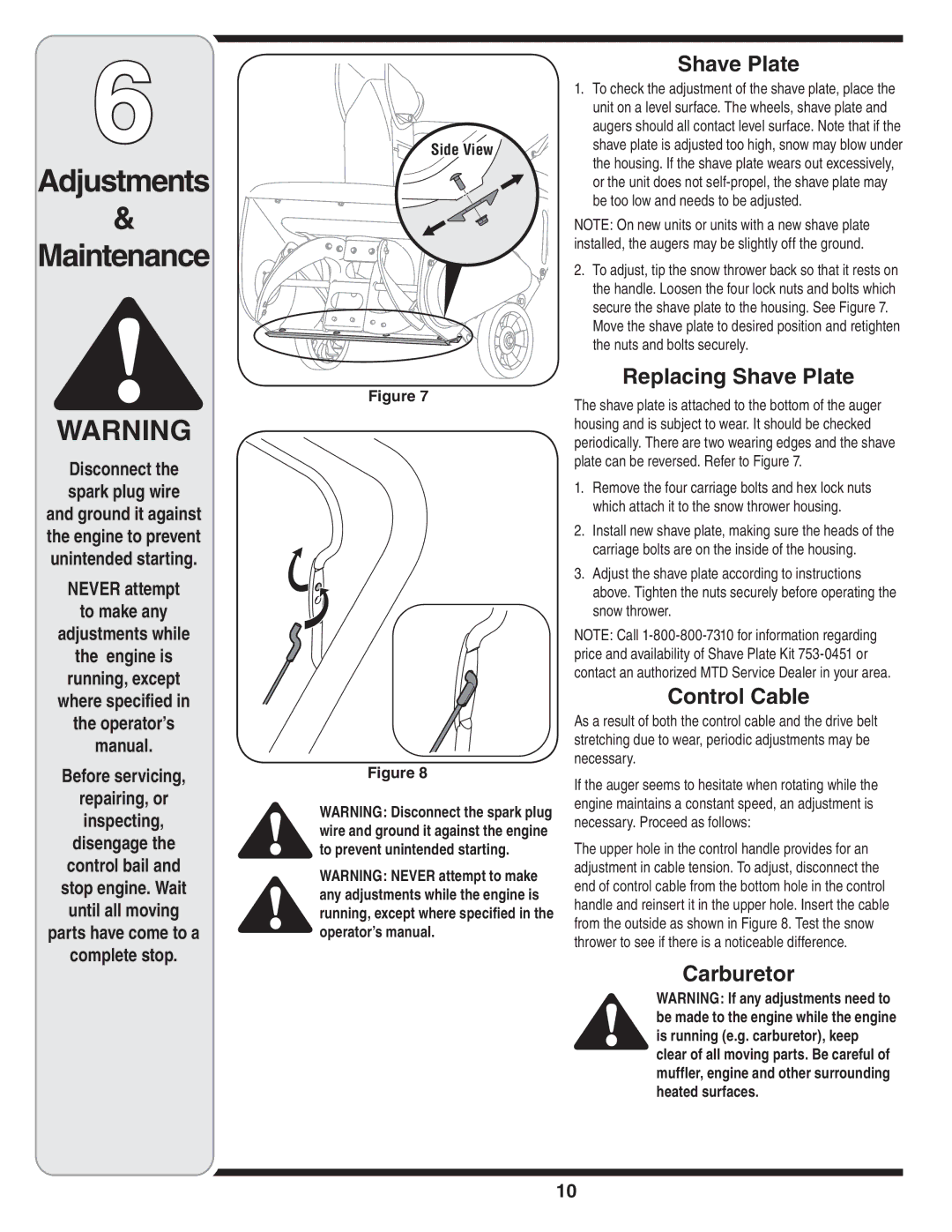235, S235 specifications
MTD S235,235 is a multifaceted technology designed to streamline various processes in manufacturing and production, particularly in the metalworking industry. At its core, MTD stands for Material Technology Development, with S235,235 highlighting its specific application within a range of structural steel grades and alloy compositions. This innovative technology focuses on enhancing the properties and performance of metal materials, making them more suitable for diverse applications.One of the primary features of MTD S235,235 is its ability to significantly improve the mechanical properties of steel. The technology applies advanced alloying techniques, which enable the steel to achieve high tensile strength and enhanced toughness. This is crucial for applications that require materials to withstand demanding conditions, such as construction, automotive, and aerospace industries. Enhanced mechanical properties also contribute to a reduction in material usage, ultimately leading to cost savings and a minimized environmental impact.
Incorporating cutting-edge technologies, MTD S235,235 utilizes computational modeling and simulation to predict the behavior of materials under various conditions. This predictive capability allows manufacturers to optimize processes and tailor the characteristics of steel to meet specific requirements. For example, heat treatments and surface treatments are adjusted based on these simulations, resulting in improved durability and resistance to corrosion.
Another significant characteristic of MTD S235,235 is its versatility. This technology can be adapted for use in a range of applications, from lightweight structures to heavy machinery components. The alloy's flexibility in its mechanical properties enables it to be utilized in dynamic environments where both strength and adaptability are needed.
Furthermore, MTD S235,235 promotes sustainability in the manufacturing sector. By enhancing the longevity and performance of steel components, this technology reduces waste and the need for frequent replacements. Additionally, the efficient use of materials reduces the overall carbon footprint of production processes.
In conclusion, MTD S235,235 represents a significant advancement in material technology, offering improved mechanical properties, predictive modeling capabilities, and versatility across applications. This innovative approach promotes both efficiency and sustainability, making it a valuable asset in modern manufacturing and metalworking industries. As technology continues to evolve, MTD S235,235 stands at the forefront of enhancing material performance and fostering responsible production practices.

